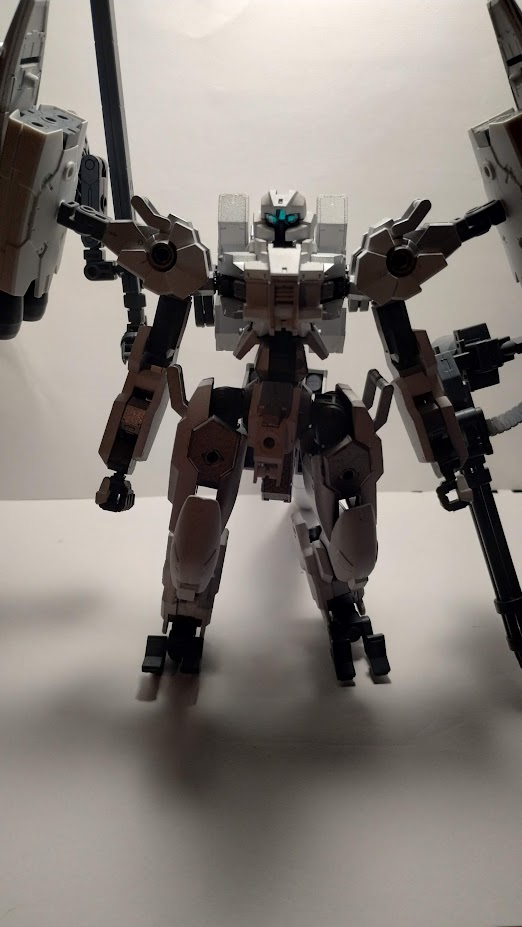
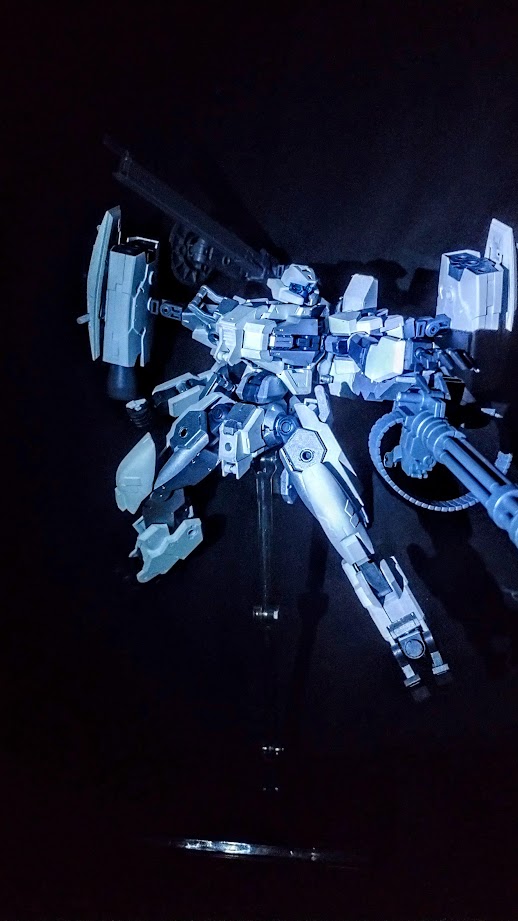
First generation unit, designed under the jurisdiction of the UN Navy. Occasionally called "Grandfather of the Mech Era" by historians, the Arlington was the final result of a decades-long attempt by the United Nations Navy to make a machine capable of high mobility space combat. In the end, it was decided that a humanoid form would allow simple maintenance as well as fluid movements without costly thrusters. More important to the leadership was a weapon that would take the growing MCRN and their advanced fleets by surprise.
As befits this pedigree, it's bulky and unmaveuverable and prioritizes anti-ship capabilities over CQC strength. With heavy firepower such as a railgun and large PDC but low mobility, it was quickly outpaced by Martian units and replaced. Even so, owing to the rapid pace of technological development in wartime, they are still a common sight on battlefields throughout the solar system. In the right hands with good tuning, it can even beat an Odachi. Older admirals and commanders still sing its praises as a deterrent and escort unit and it remains popular in black markets and on the edges of the frontier due to its low cost as well as ease of repair.
However, few units are still active with all their original parts owing to pilot modification, damages and obsolesence.
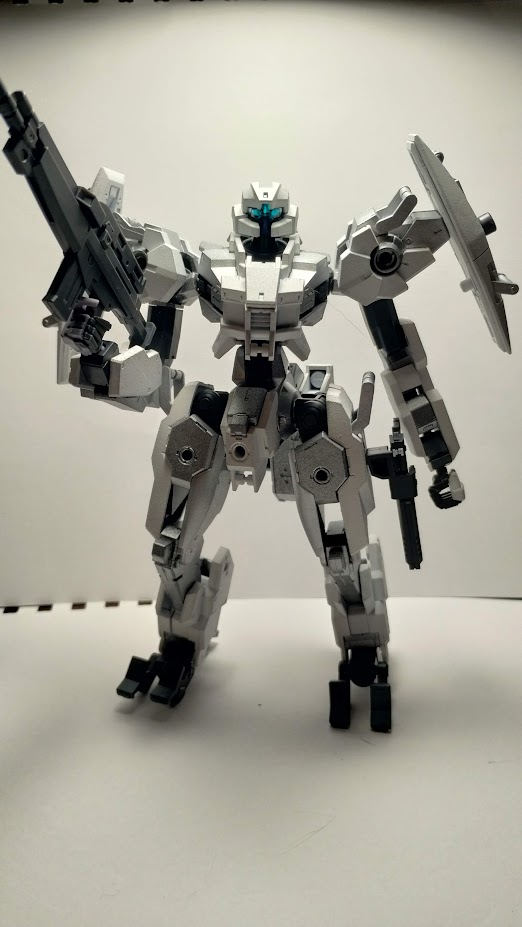
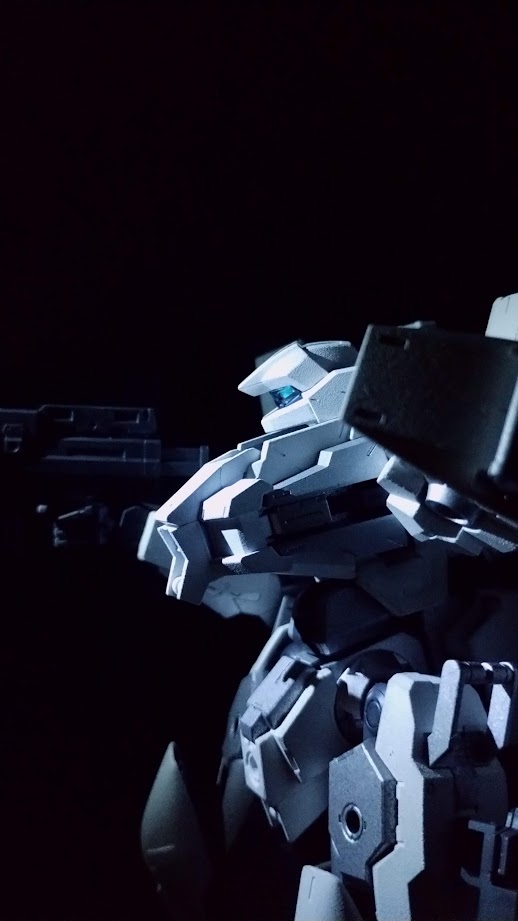
A more common variation in this era, utilised by security forces on Earth and other United Nations installations. Stripped down for ease of movement, it trades its heavy weaponry for a more than sufficient high-caliber rifle. This unit is a common sight at large scale protests in Earther cities, where it often quickly and violently
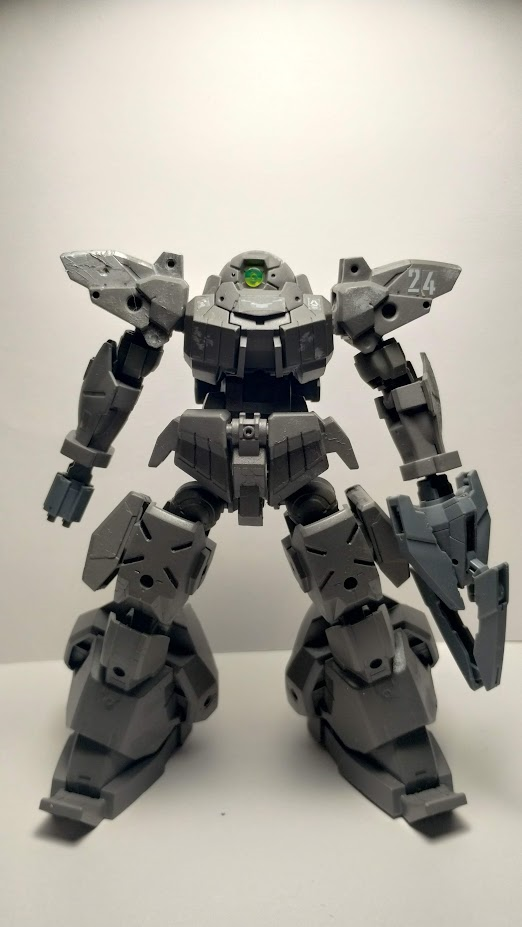
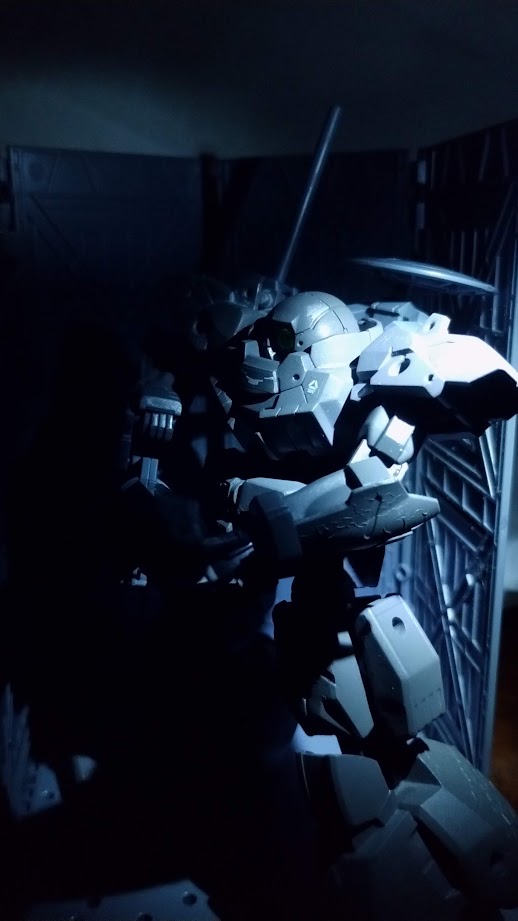
Early production fourth generation assault unit, coated in stealth paint and designed with pure damage potential and adaptability in mind. It's equipped with a modified workloader claw on the left hand for melee grappling, jabs and breaching as well as a 23mm rotary autocannon attached to the right for general suppression. The downside to all that is that it required excessive modifications to the then standard third generation power plants to maintain mobility and reactor fuel efficiency dropped sharply as a result.
Multiple variations have been seen, varying from unit to unit and planet to planet. The one pictured above is a salvaged and still in use machine with as many original parts as possible.
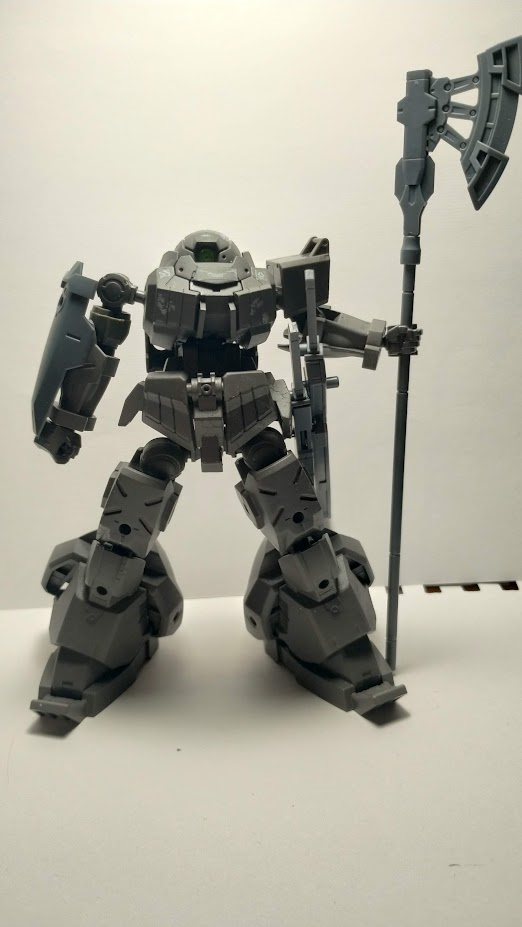
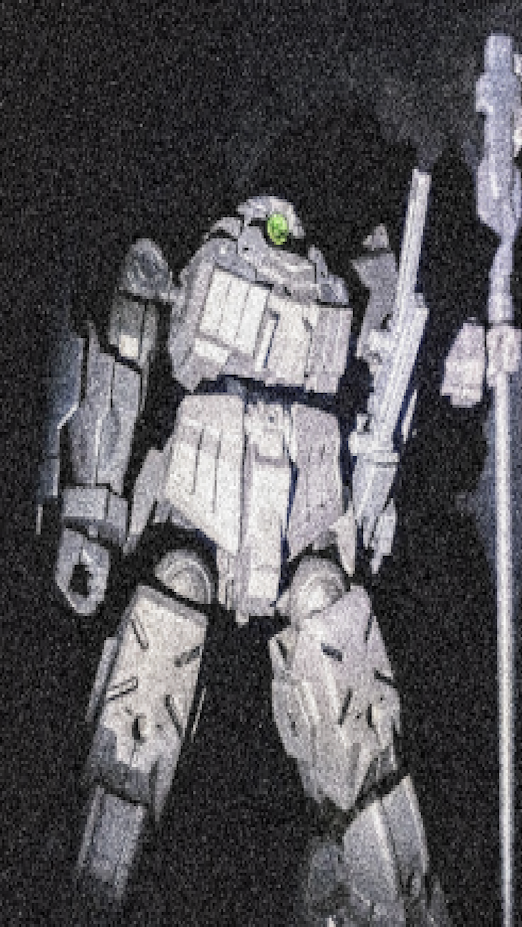
A one-off unit acquired by former commander Winston Duarte prior to defection, little information is readily accessible about it or its specifications. What is known is that the Melee Type has been slimmed down as much as possible to allow for quick strikes while on the move. It was presumed to be on board his vessel to Laconia and has not been seen since. The above visual is a composite of data found on the subject.
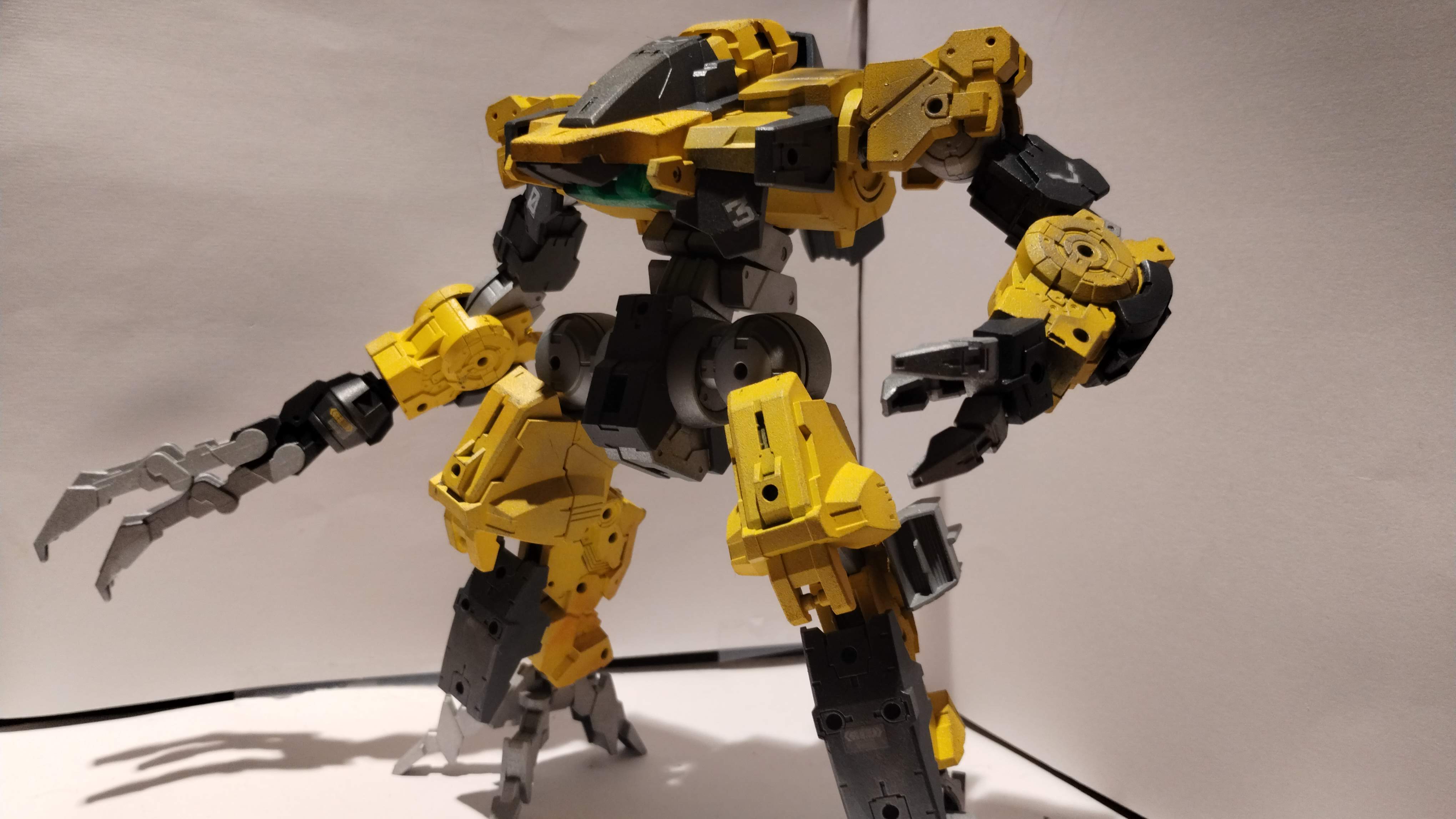
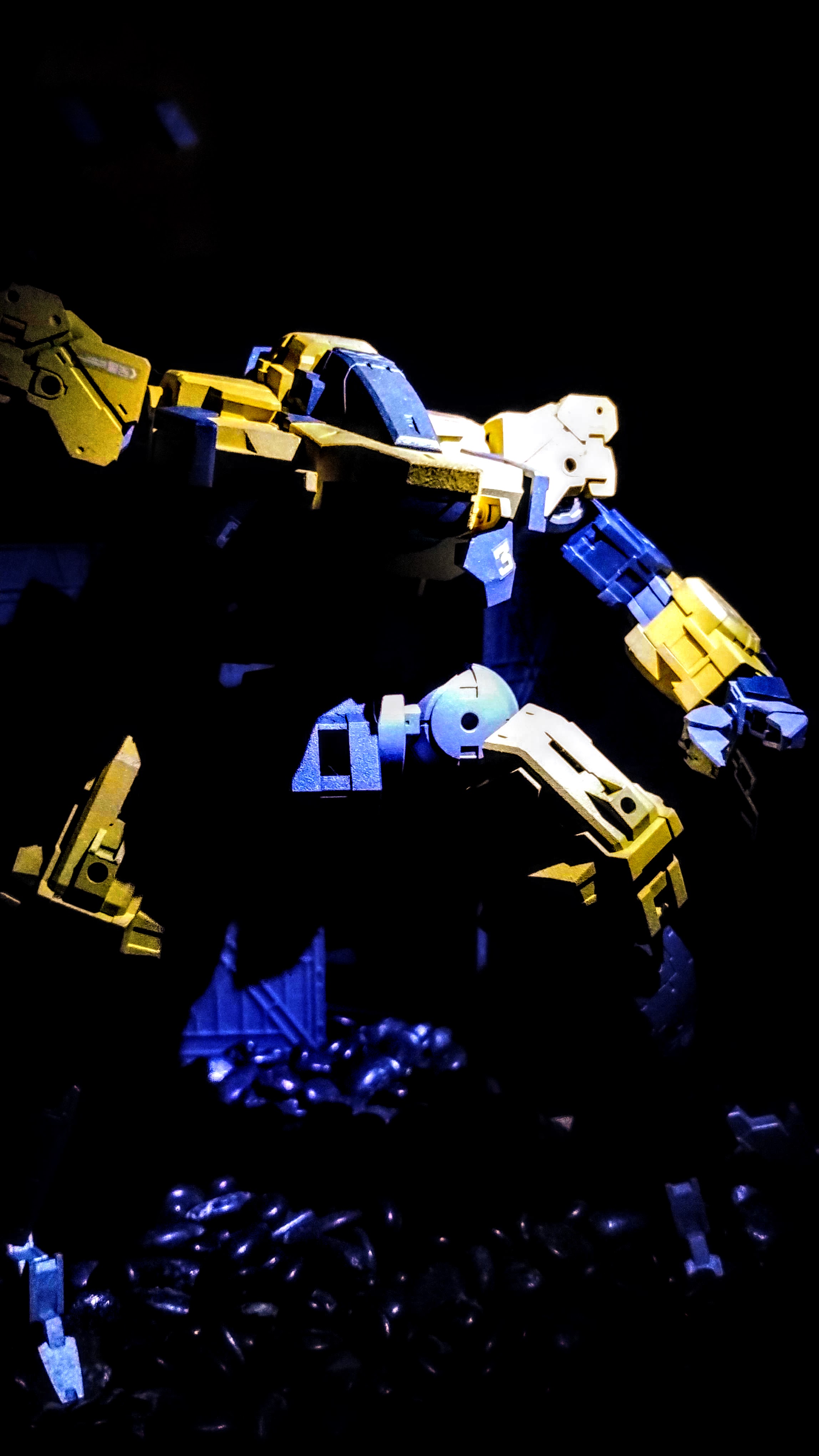
In contrast to its contemporaries run by repurposed ship reactors, and in spite of the threat assessments of the inner planet governments, the No-Name was quickly gathered by the more wealthy factions of the Outer Planets Alliance to keep up with the other superpowers. Driven by a trio of industrial-grade gas turbine engines and jerry-rigged thrusters from salvaged Belter ships, this makes it far slower and less maneuverable than those it fought against. In trade for this: the OPA's units provided ease of maintenance and access to parts, as well as a series of old style hydraulics that renders it immune to the shortfalls and vulnerabilities of the electrically driven machines of the UN and MCRN forces.
Because of that, on average it possessed fighting strength on par with a second generation Earth machine. Its weapons are equally modified with its primary and most common armament being modded industrial plasma cutters and large scale power tools including but not limited to trenchers, pile drivers, angle grinders, drills, jackhammers and tillers.
Whether it was a military success cannot be objectively determined. It had multiple weaknesses, in particular the exhaust ports from their earlier lives as terrestrial units. Results were inconsistent and dependent on multiple external factors, few factions of the OPA were able to afford one, and many-modified or not-were seized by the security forces of the MCRN and the UNN in the Belt as they came across them. However, recovered remains of one unit may be viewed at the Museum of Modern Combat in Medina Station.